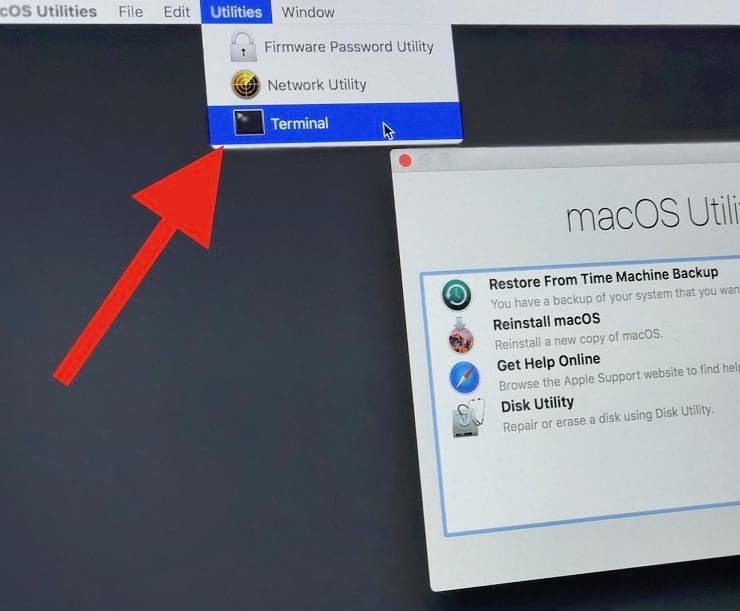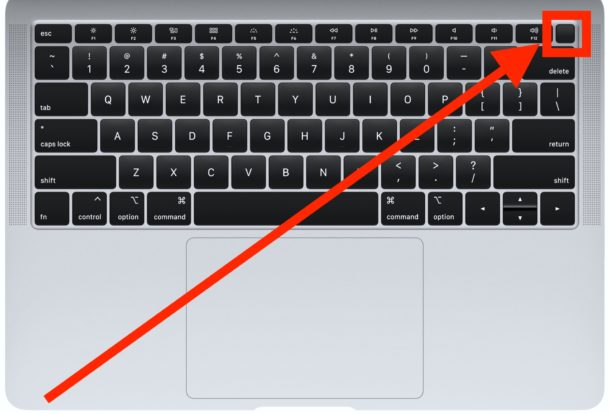On a Mac running Catalina or greater, run the following commands: mount -uw /System/Volumes/Data touch /var/db/.RunLanguageChooserToo reboot On a Mac running Mojave or earlier, run the following commands, replacing the volume name if your system volume is not named Macintosh HD. Support wikiHow by unlocking this expert answer. If you have a Mac and you need to reset the local password, restart the computer, then hit command+R, which is going to go into internet recovery. Launch the terminal, which will bring up a command prompt, then type 'resetpassword' as one word. How to reset a MacBook Air or MacBook Pro 1. Hold down the Command and R keys on the keyboard and turn on the Mac. Let go when the Apple logo pops up.
These key combinations only apply to Mac computers with an Intel processor, not Mac computers with Apple Silicon.
To use any of these key combinations, press and hold the keys immediately after pressing the power button to turn on your Mac, or after your Mac begins to restart. Keep holding until the described behaviour occurs.
For Macs with an Intel processor, press and hold the Command and R keys on your keyboard, then press the power button. Hold in Command+R until you see a progress bar show up below the Apple logo. Reset SMC: Shut down your Mac, and then press and hold the left-side Shift (⇧)—Control (⌃)—Option keys along with the Power (⎋) button, all at the same time, until the computer turns on. Now release the keys and then turn your Mac back on using the power button. Other keyboard shortcuts are available after your Mac has started up.
- Command (⌘)-R: Start up from the built-in macOS Recovery system. Or use Option-Command-R or Shift-Option-Command-R to start up from macOS Recovery over the Internet. macOS Recovery installs different versions of macOS, depending on the key combination you use while starting up. If your Mac is using a firmware password, you're prompted to enter the password.
- Option (⌥) or Alt: Start up to Startup Manager, which allows you to choose other available startup disks or volumes. If your Mac is using a firmware password, you're prompted to enter the password.
- Option-Command-P-R:Reset NVRAM or PRAM. If your Mac is using a firmware password, it ignores this key combination or starts up from macOS Recovery.
- Shift (⇧): Start up in safe mode. Disabled when using a firmware password.
- D: Start up with the Apple Diagnostics utility. Or use Option-Dto start up this utility over the Internet. Disabled when using a firmware password.
- N: Start up from a NetBoot server, if your Mac supports network startup volumes. To use the default boot image on the server, hold down Option-N instead. Disabled when using a firmware password.
- Command-S: Start up in single-user mode. Disabled in macOS Mojave or later, or when using a firmware password.
- T: Start up in target disk mode. Disabled when using a firmware password.
- Command-V: Start up in verbose mode. Disabled when using a firmware password.
- Eject (⏏) or F12 or mouse button or trackpad button: Eject removable media, such as an optical disc. Disabled when using a firmware password.

If a key combination doesn't work
Mac Reset Command Option



If a key combination doesn't work
Mac Reset Command Option
If a key combination doesn't work during startup, one of these solutions may help:
- Press and hold all of the keys in the combination together, not one at a time.
- Shut down your Mac. Then press the power button to turn on your Mac. Then press and hold the keys as your Mac starts up.
- Wait a few seconds before pressing the keys, to give your Mac more time to recognise the keyboard as it starts up. Some keyboards have a light that flashes briefly at startup, indicating that the keyboard is recognised and ready for use.
- If you're using a wireless keyboard, plug it into your Mac, if possible. Or use your built-in keyboard or a wired keyboard. If you're using a keyboard made for a PC, such as a keyboard with a Windows logo, try a keyboard made for Mac.
- If you're using Boot Camp to start up from Microsoft Windows, set Startup Disk preferences to start up from macOS instead. Then shut down or restart and try again.
Remember that some key combinations are disabled when your Mac is using a firmware password.
Mac Reset Command
Learn more
Mac Reset Command R
- Keyboard shortcuts you can use after your Mac has started up.

